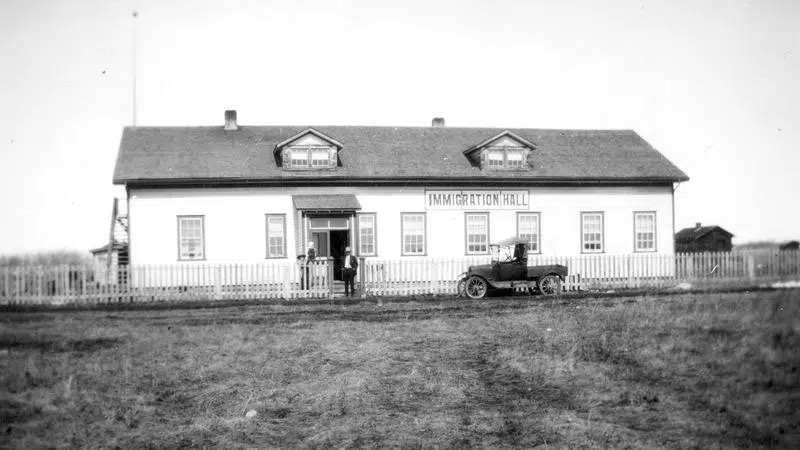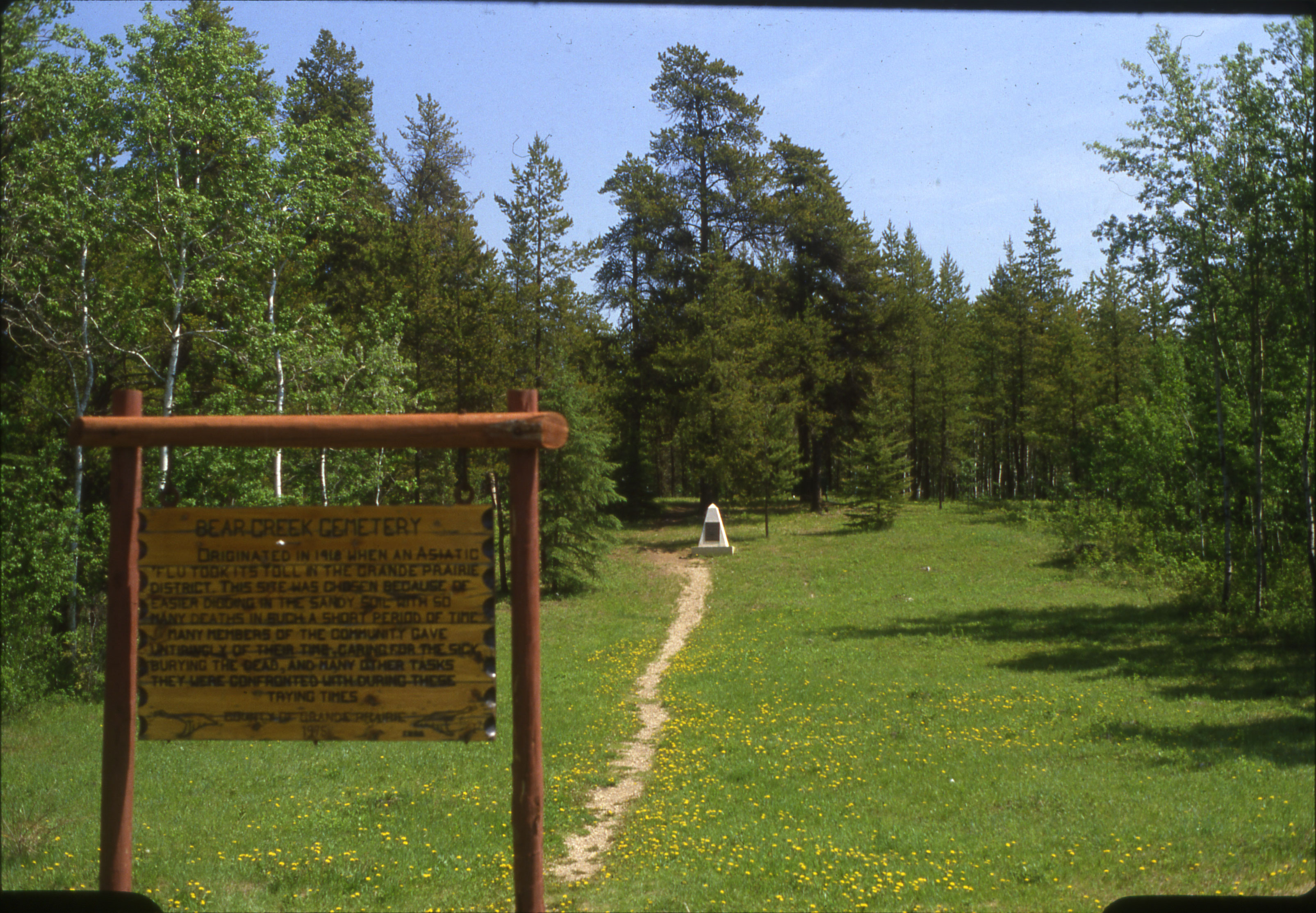
Local historian sees parallels between current COVID-19 situation and past pandemics
As the COVID-19 pandemic continues, some may be reminded of health crises and pandemics from the past.
Alyssa Currie, Executive Director of the South Peace Regional Archives, says a lot parallels can be drawn from the current situation to the Spanish Flu epidemic that struck Alberta and the Peace Region in 1918.
“One of the first things that was implemented in Grande Prairie was a cancelling of all public gatherings, so you see that today in the social distancing measures that are being similarly implemented. They also implemented mandatory face masks for those that did have to go out in public.”
Currie says the Spanish Flu was mostly brought over by settlers and returning soldiers from World War I. According to the archives, by the fall of 1918 when the Flu came to the Peace Region via the railway, around 1,000 cases were already reported in Edmonton.

